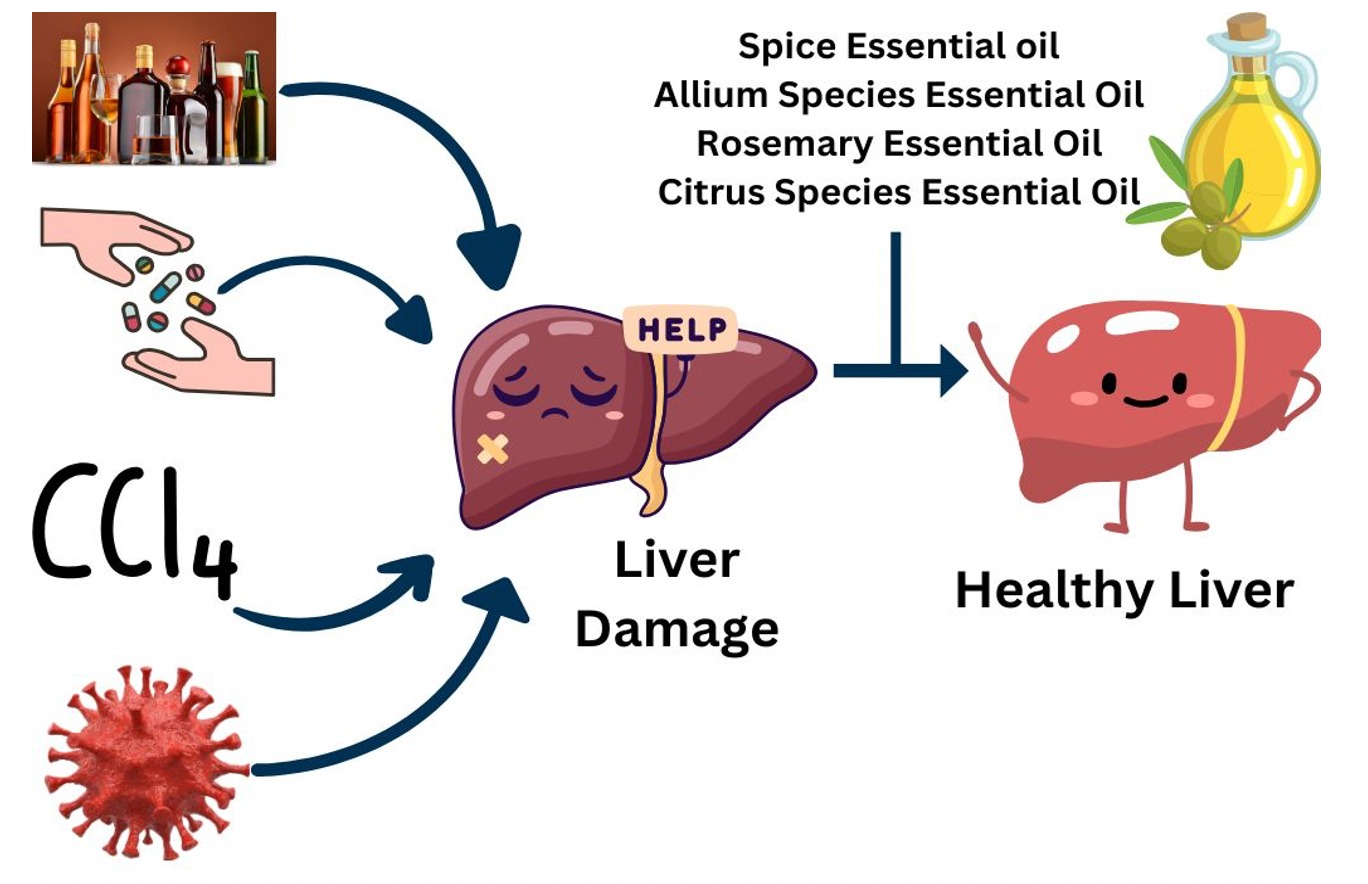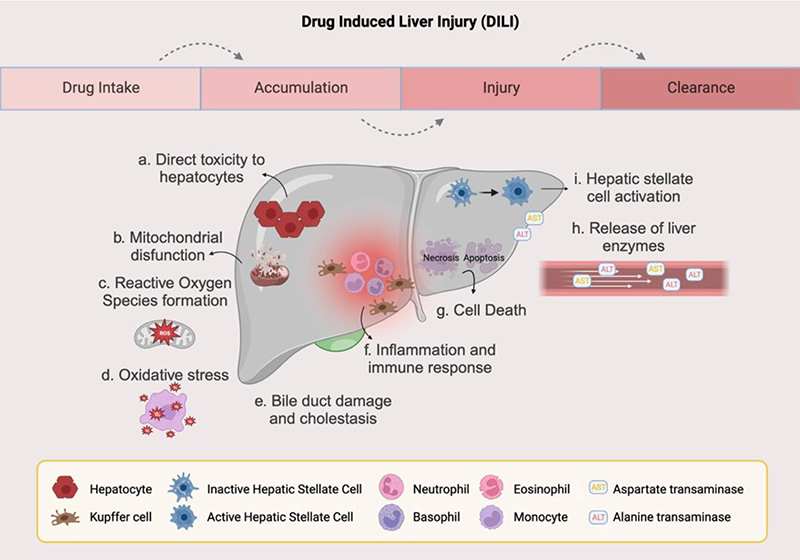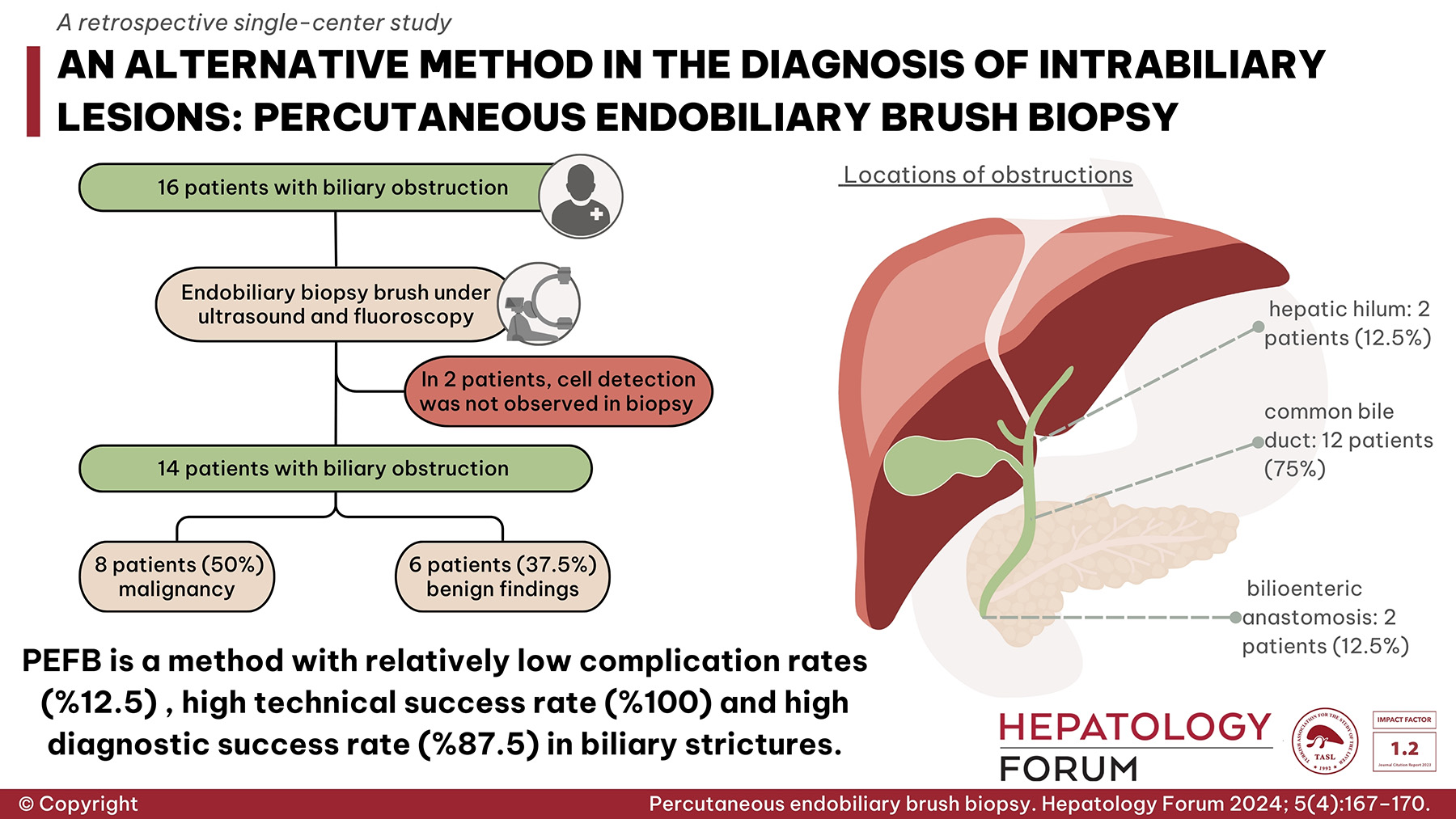Abstract
Background and Aim: The purpose of this study was to investigate the hepatoprotective effects of quercetin, a potent antioxidant, against hep-atotoxicity caused by cyclophosphamide (CYC) in the rat liver using histopathological parameters.
Material and Methods: Thirty female rats were divided into five groups – control, quercetin (Q), CYC, Q+CYC, and CYC+Q. At the end of the study, the liver tissues were removed and stained with routine histologi-cal hematoxylin and eosin, Periodic acid-Schiff, and Masson’s trichrome. Caspase-3 (Cas-3), B-cell lymphoma protein 2-associated X (Bax), tumor necrosis factor alpha (TNF-α), and interleukin 1 beta (IL-1β) levels were investigated in immunohistochemically stained liver tissues.
Results: Histopathological examination showed that CYC caused impair-ment and degeneration in the structure of the hepatocyte cordon, necrosis in the periportal space, sinusoidal dilatation (p=0.000), congestion and edema (p=0.000), mononuclear cell infiltration, and increased connective tissue density (p=0.000). Cas-3, Bax, TNF-α, and IL-1β immunoreactivities were significantly higher in the CYC group (for all, p=0.000). Q administration gradually reduced histopathological structural damage and Cas-3, Bax, TNF-α (p=0.000), and IL-1β (p=0.000) intensity in the rat liver.
Conclusion: The administration of Q protected the liver tissue against CYC-induced damage, and successfully protected the liver against apopto-sis, inflammation, and histopathological changes.





 Sibel Turedi1
Sibel Turedi1 









